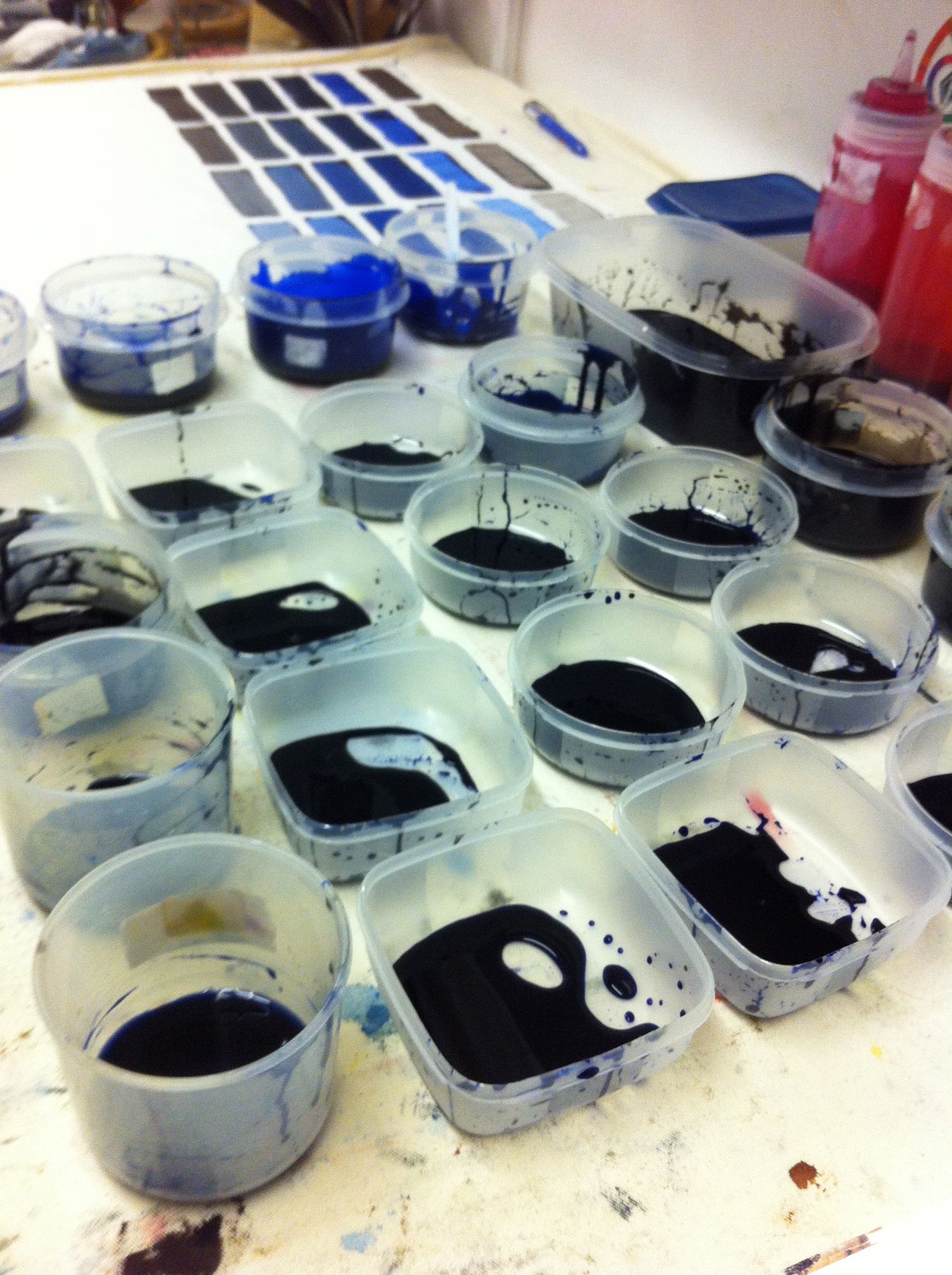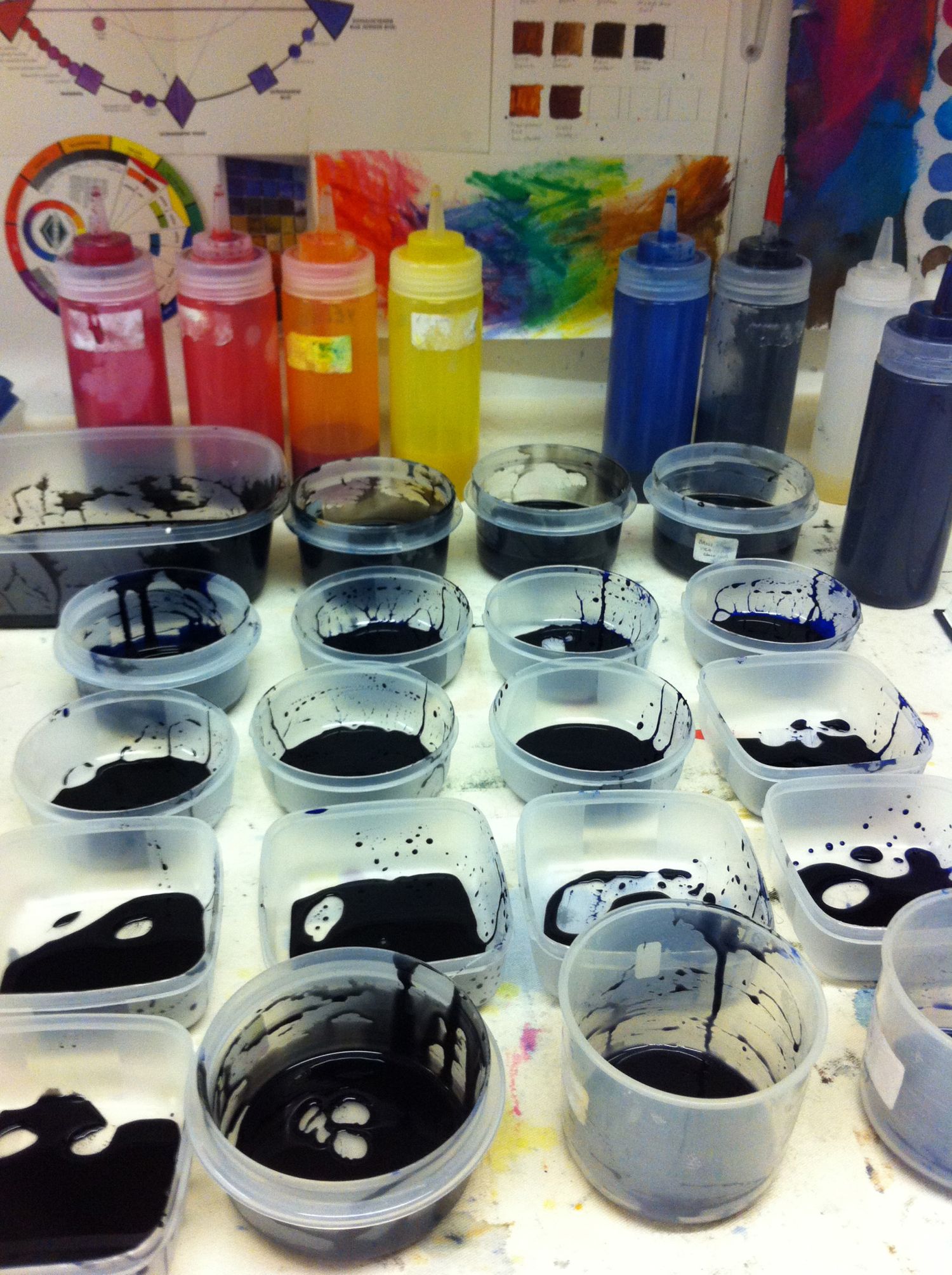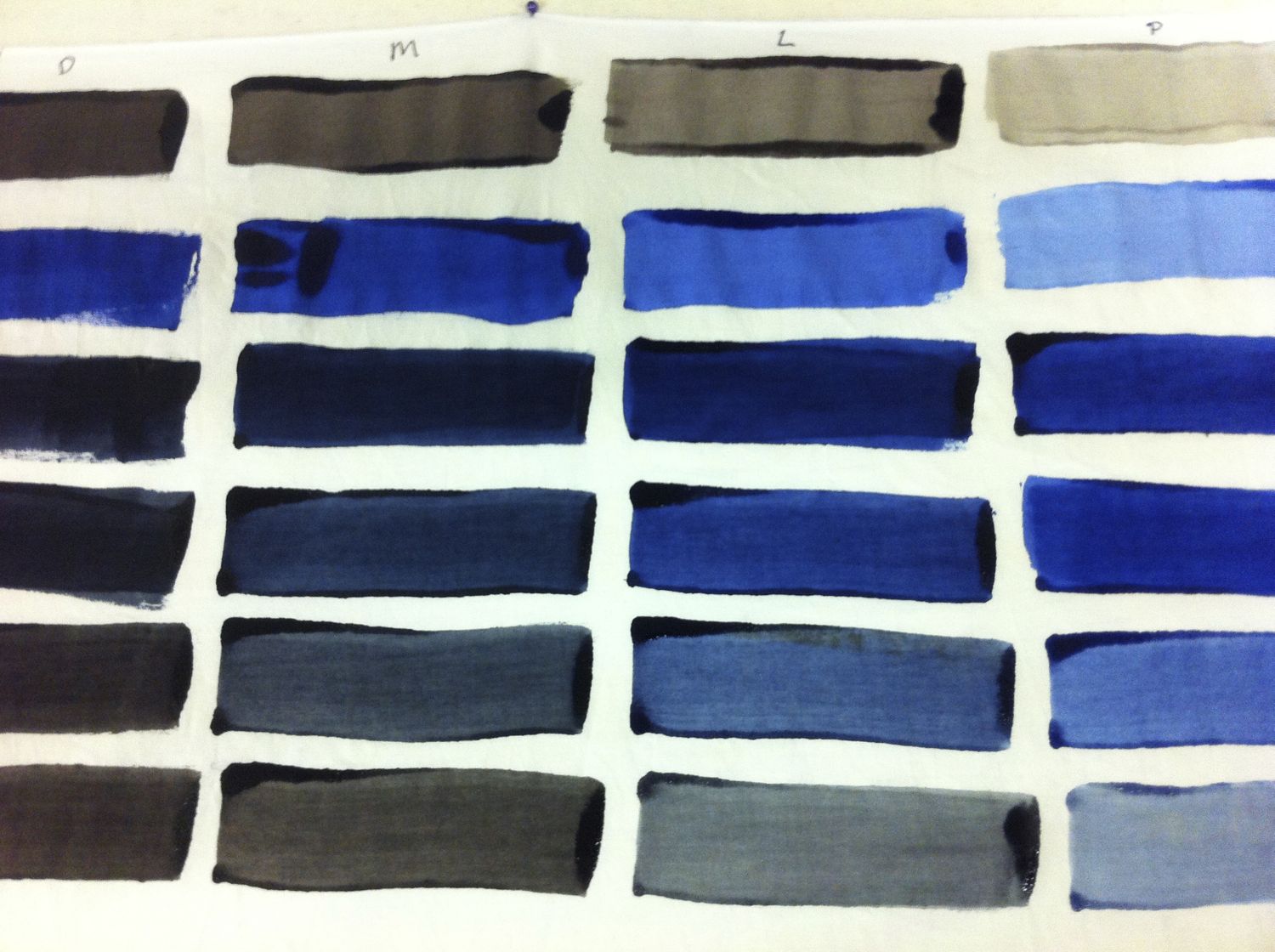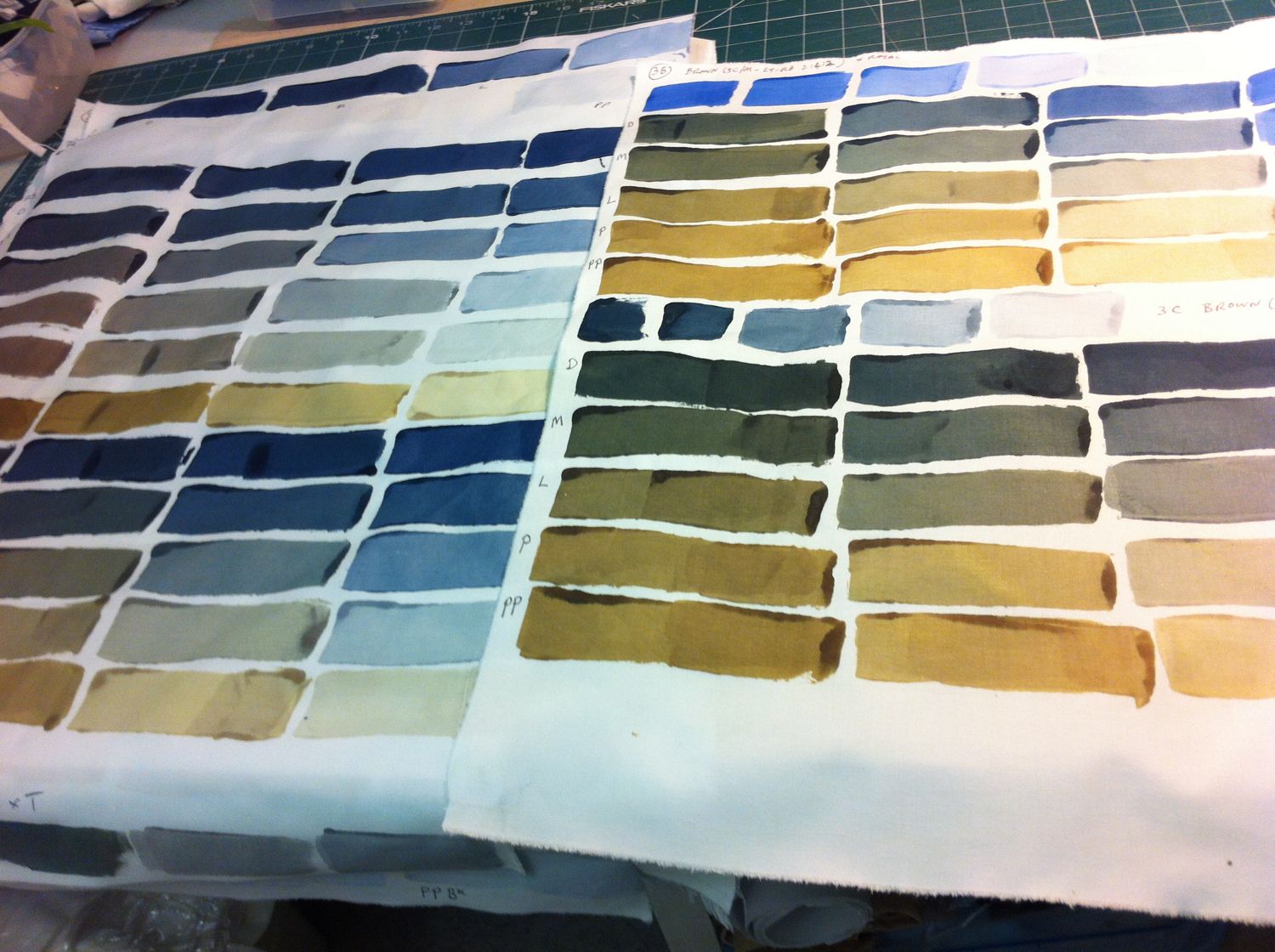“Sometimes he feels as though the plan he is holding in his head is so fragile that the slightest jolt might make it come apart. In the five months that have passed since he stood before it at St Gall, the fabric has become eroded as though some earthly edifice had been left out in the rain. Even on the journey back he felt that he was losing it. … With every breath the memory becomes fainter. …”
The Plan of St Gall is a manuscript, "five sheets of parchment sewn together with green thread", depicting an entire Benedictine monastic complex. It was never built and scholars argue about the original design, purpose and nature of the plan. Ferneyhough is interested in it as a possible example of a mnemonic device, using the Method of Loci , which uses visualisation to create a framework to organise and recall information. In this method, which was known to the Greeks and Romans, the individual memorises the layout of some building or place, linking the items he wishes to recall to distinctive features of that place. When he wishes to remember, meditate or reflect upon the material, he literally walks through the place in his imagination, allowing the features and layout of the imaginary building to awaken memories and associations. He "sees" his thoughts.
Ferneyhough's point is that this is a view of memory as something more than simply memorising facts - it is a creative, constructive process in which the meditator (quoting the 12th century Hugh of St Victor) "delights to run freely through open space … touching on now these, now those connections among subjects" in order to generate new thoughts as much as remember existing ones.
More on this idea - Mary Carruthers "The Book of Memory"
“His thought is a multicoloured pageant, of ideas behind words behind images, combining and recombining like clouds on a windy day.”





